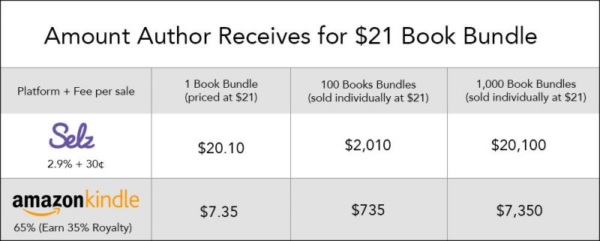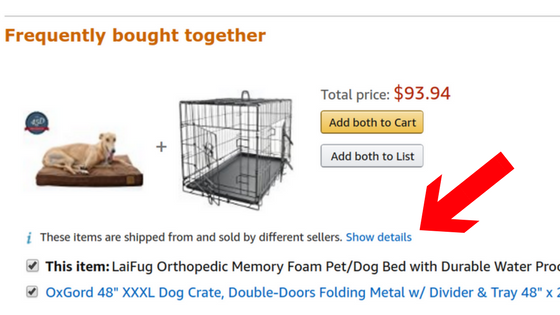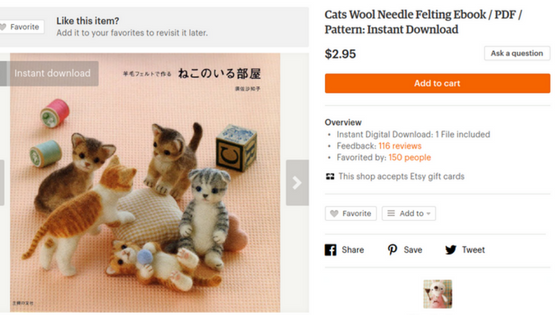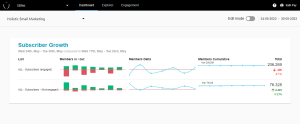— July 21, 2017
One bad choice may not kill your eCommerce business. But wrong choice after wrong choice may sink your business faster than the Titanic.
Forgive the overused analogy, but think of your profitability like a ship. One hole probably doesn’t make a difference in your profitability. But multiple holes chip away at your profits a few pennies at a time. And that can quickly add up to a sinking ship.

Photo by Nick Jio on Unsplash
Here’re a few ways profits could be slipping through your fingers:
Choose an eCommerce Solution that Increases Your Profit Share
Not all eCommerce solutions are created equal.
Businesses have hundreds of options when it comes to choosing what eCommerce solution to use. You can sell from auction sites like eBay, niche sites like Etsy, or huge marketplaces like Amazon. Or you can simply sell from your own website or blog. And each of these options has pros and cons depending on your business and what you sell.
But choosing the right solution for your business matters and has a direct impact on your profitability. Here’s a great example if you’re selling eBooks. Selz’s blog, FounderU, explains the difference in profit for a $ 21 book bundle using Selz versus Amazon:

The Selz seller clearly makes more profit (a more than $ 12k difference!). Amazon also sets royalties based on price, with either a 70% or 35% royalty depending on whether or not you meet their standards. No one is going to argue that Amazon isn’t an author’s dream come true, and there are many self-published writers making a great living selling on Amazon. Yet, it may not make sense for every business, and certainly doesn’t always make sense in terms of profitability.
Compare prices for your industry and check out what eCommerce solutions offer the best profitability margins for your business.
Control Your Upsells and Cross-sells
Not to pick on Amazon again, but Amazon is the King of upselling – to increase their profits, not yours. Here’s a great example of how Amazon upsells a pet bed. Adding a dog crate is a great option, as many pet owners use them. But notice how Amazon explains that these two items are sold by different sellers. That means Amazon profits from the upsell, but not the sellers.

This isn’t a bad strategy for Amazon (obviously!). It’s just a bad strategy for the sellers as they have no control of upsell opportunities. According to Kissmetrics, product recommendations are responsible for 10%-35% of eCommerce profits. Many eCommerce businesses use third party platforms to sell their products. And that’s not a bad thing. But if you want to increase profitability, you need to be in control of each upsell and cross-sale offer.
Offer Sales to Your Most Valuable Followers
Do you know who your most valuable customers are? The ones that buy anything you sell? The ones that tell their friends about your amazing product that they just can’t live without?
So do you have that email list or does someone else have that information?
Here’s a great example from Etsy, the crafter’s paradise. You can’t get more niche than people who want to make needle felted tiny cats. So who knows exactly who loves these small wool felines? The seller or Etsy?

Obviously, Etsy’s the one collecting information and building a massive email list. So if you had an adorable new needle felted pattern to sell, would you be able to contact your fans to share your new product? Sure, you can build up a social media following and share it there. But it’s not the same as having a strong email list.
Data shows that email is still a stronger sales channel than Facebook or Twitter. In fact, email outperforms social media on a number of important eCommerce issues:
- 77% of consumers prefer email for permission-based promotional messages (compared to 4% Facebook and 1% for Twitter)
- 66% of consumers made a purchase based off a marketing email (compared to 20% for Facebook, and 6% for Twitter)
- Email click-through rates are 3.7% (18% open rate) while Facebook’s CTR is .07% and Twitter’s is .03%
Clearly, building up your own email list would help increase profits. Especially if you’re selling a niche product that has a strong following.
Like tiny cats.
Do the Math
The difference between a failing and thriving business is generally one thing: profits.
There’s a lot that goes into profitability, including price points and competition. Yet, when you take a step back and look at all your eCommerce choices, you can easily see where you may be losing profits.
You may be able to find an eCommerce solution that offers lower transaction fees. You may be able to offer upsells that you choose to increase sales. And you may be able to build your own email list where you can share product launches and not rely on a third party platform to do the marketing for you. And these are just a few example!
Do the math. Analyze where you could make better choices to increase profitability. Believe it or not, these pennies add up over time.
And could be the difference that keeps your business afloat.
Digital & Social Articles on Business 2 Community
(80)
Report Post







